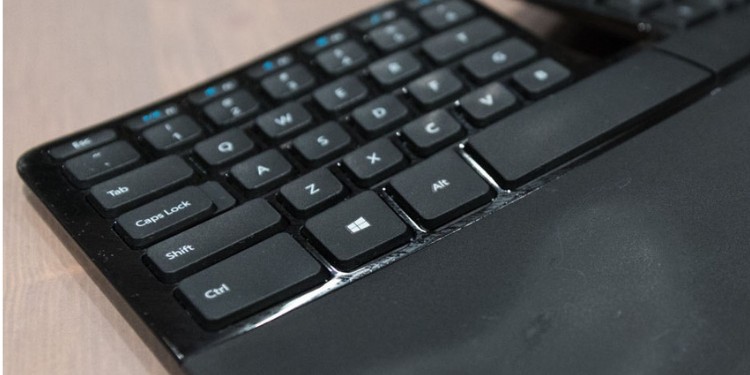Last Updated on
Whether you spend the late hours of the night and the early hours of morning gaming, long hours of the day working at a keyboard— or both– you probably know the feeling of aching tendons and hurting wrists.
Thankfully, some very bright engineers have been hard at work on this problem for some time, and have developed plenty of options for ergonomic keyboard designs. We’ve done the research and narrowed it down to six reviews to help you find the best ergonomic keyboard for your needs. At the end, we even included a short guide to help you understand how these keyboards can help you out.
Whether you spend the late hours of the night and the early hours of morning gaming, long hours of the day working at a keyboard— or both– you probably know the feeling of aching tendons and hurting wrists.
Thankfully, some very bright engineers have been hard at work on this problem for some time, and have developed plenty of options for ergonomic keyboard designs. We’ve done the research and narrowed it down to six reviews to help you find the best ergonomic keyboard for your needs. At the end, we even included a short guide to help you understand how these keyboards can help you out.
How Ergonomic Keyboards can Improve Posture and Offer Relief From Tendon Pain
Using a keyboard all day can cause people to develop repetitive strain injuries, or RSIs. This is because the way you sit at your desk, at your keyboard, and specifically the way you have to rest your hands on a traditional keyboard, is pretty unnatural. While a neutral hand position is ideal, most keyboards force your wrist out of neutral alignment in the three ways that we’ll look at now.
If you’re interested in knowing more about what else makes a good keyboard, then check out our keyboard guide. It has 10 of our favorite keyboards at the top, but it also has a more detailed guide down at the bottom.
Neutral
Before we start talking about all of these other things, it’s important to define what is considered to be neutral. When you think of how you walk or shake hands, your palms are held parallel to your body.
So, if your arms are by your side, your fingers would be pointed towards ground. If your arms are lifted and forward, then your fingers would be pointed forward with your pinky down and your thumb on the top.
Supination or Pronation
These are perhaps the easiest to understand. Supination and pronation involve you rotating your forearm. When supinated or pronated, your hands are turned so that your palms are facing either towards or away from your body.
In the case of most keyboards, your hands and wrists are pronated meaning your palm is facing down.
This actually twists the two bones in your forearms over one another which can pinch the tendons and cause carpal tunnel in some cases. Keyboards like the Safetype are designed to eliminate this and put your hands into the more natural “handshake” posture.
Flexion or Extension
Flexion and extension describes upward and downward movement in the wrist. Flexion is when the wrist is bent downwards, pushing the palm towards the wrist. Extension on the other hand, is when the hand is pulled upward raising the back of the hand towards you.
Keyboards can force you into flexion or extension depending on your seat and desk level as well as whether or not your keyboard is raised. Ideally your chair should be at a level where your forearms, wrists, and hands can form a straight line.
Most of the time this kind of posture causes discomfort in the tendons in the back of the hand and/or wrist.
Ulnar or Radial Deviation
Finally, we have ulnar or radial deviation. These describe side to side movement of the wrist. This is also called ulnar flexion and refers to the way you have to angle your hands outward at the wrist when typing on most keyboards.
This can be eliminated by using a split keyboard like the Kinesis Freestyle Edge, which allows you to put each half of the keyboard as wide apart as necessary to prevent the need to bend your hands at the wrist.

